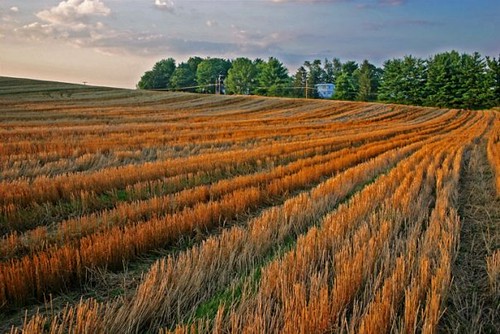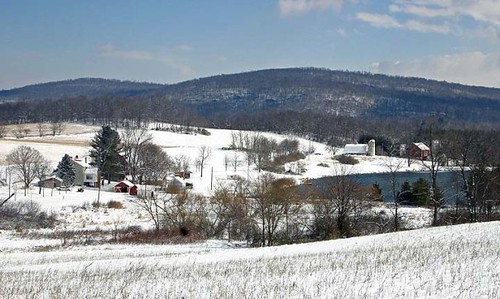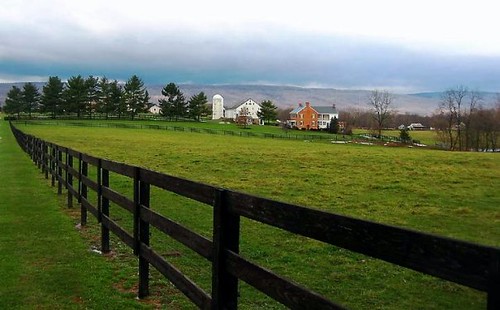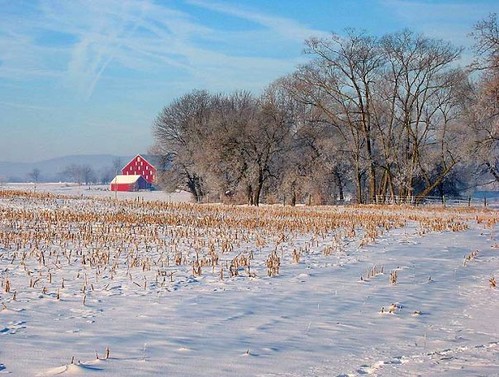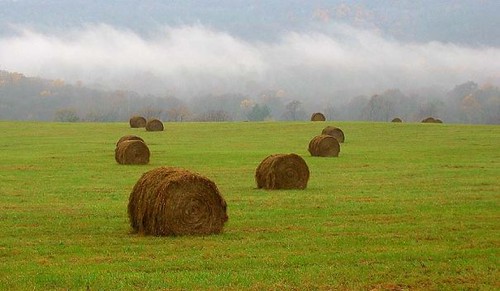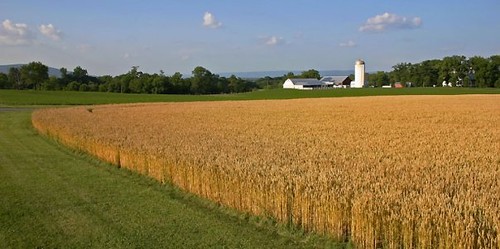Farmland worth saving (photo essay)

Posted June 24, 2009 at 1:31PM
These wonderful photographs of Frederick County, Maryland, are all by my friend Kai Hagen, writer, photographer, conservationist, entrepeneur, and County Commissioner. Kai is concerned that development is sprawling out onto prime soils even while there are ample sites within the bounds of existing development to accommodate the county's growth. (Kai's campaign web site - now archived, take a look - was headlined, "We don't have to sacrifice what we love about where we live!")
Some of these sites - including the one immediately above - are themselves either proposed for, or squarely in the path of, encroaching office parks and subdivisions.
I wrote about farmland in a somewhat lengthy post back in April. As I noted then, "Every single minute of every day, America loses two acres of farmland," and we're losing our best land - the most fertile and productive - the fastest, according to the American Farmland Trust.
Our food is increasingly in the path of development: 86 percent of the nation's fruits and vegetables, and 63 percent of our dairy products, says AFT, are produced in urban-influenced areas.
The solution to providing the best protection for the resource is to keep cities and suburbs as intact and dense as possible, to limit their spread across the rural landscape. Low-density suburban development is the most inefficient in its incursions on farmland, as it is with regard to watersheds, wildlife habitat, and transportation efficiency.
My friend, developer Daniel Hernandez, says, "Finally, after so many decades, policies for smart agricultural policy are just now emerging into some level of coherence, and building support. It is clear that agricultural land preservation is critical to the economic future of our country and to feeding our country. Anything that undermines that would be irresponsible."
Daniel continues: ""Recognizing that much of this prime land around the country has unfortunately already been infringed upon, there is every reason to still support the complete preservation of these spaces."
Kai's photographs remind us why.
